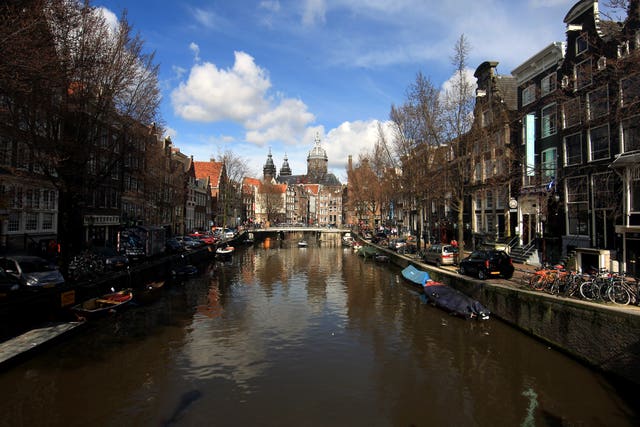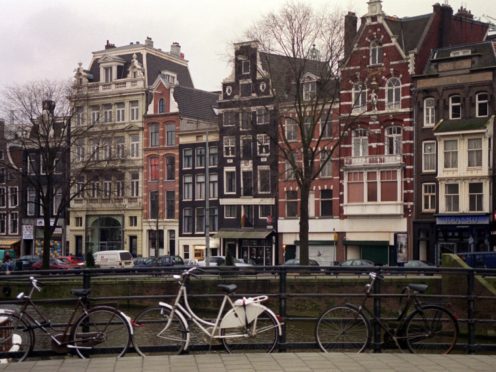A museum in Amsterdam is facing criticism for its decision to stop using the term Golden Age to describe the 17th century, when the Netherlands was a global mercantile, military and artistic superpower.
Amsterdam Museum curator Tom van der Molen said the term is strongly linked to national pride over prosperity and peace but “ignores the many negative sides of the 17th century, such as poverty, war, forced labour and human trafficking”.

The decision has ignited some heated responses, with prime minister Mark Rutte, who studied Dutch history in college, calling the move “nonsense”.
The country’s education minister Arie Slob told reporters in The Hague on Friday: “I’m a bit tired of discussions about one term.”
In a tweet, populist politician Thierry Baudet calls the move “pure brainwashing”.
In recent years, activists have pushed for more recognition of the dark side of 17th-century Dutch prosperity, in particular the country’s involvement in the slave trade.
The century saw traders from what was then called the Dutch Republic fan out across the globe, bringing unprecedented affluence to cities like Amsterdam and Leiden.

Painters Rembrandt van Rijn and Johannes Vermeer produced masterpieces and the country became known as a bastion of creativity, free thinking and religious tolerance.
In recent years, however, activists in the Netherlands have pushed for more recognition of the dark side of 17th-century Dutch prosperity, in particular the country’s involvement in the slave trade.
The museum said scrapping the Golden Age term is one step in a process aimed at making the museum more inclusive and giving space to “people and stories that have not yet, or not enough, been heard”.
It is changing the name of its permanent exhibition in the Amsterdam branch of the Hermitage museum from Hollanders Of The Golden Age to Group Portraits Of The 17th Century.
At his weekly press conference, Mr Rutte acknowledged that “there were, for sure, things you can think of that weren’t good in the Golden Age, but I think it’s a great name”.
He added: “Let’s invest our energy in creating a new Golden Age.”
